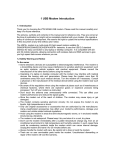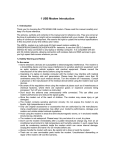Download 911T USER`S MANUAL
Transcript
911T USER'S MANUAL 1. Insert batteries (included) into battery compartment. 2. Press right side battery check button for 2 seconds. Front LED light will light green. If the LED Light is not on, recheck position of the batteries and repeat until green light is on. 3. To call 911, press and hold the CALL button (front RED button with white plus +) until you hear the Device to say CALLING 911 and the LED light will show blue. The device will connect to 911 Operator. CANCEL Button CALL Button BATTERY CHECK Button Battery Compartment 4. If call fails to go through, you will hear DISCONNECTED, REDIAL and device will retry calling 911 until an operator can be reached. 5. To disconnect, press left side CANCEL button or wait for operator to hang up. Notes: *This device is designed to call 911 only. *It is recommended to check battery power every 2 weeks. Front LED light will light red if batteries need to be replaced. Replace with AAA Lithium batteries. Blue LED Light = Call in progress Green LED Light = battery good and device in standby mode for calling 911 Red LED Light = less than 10 minutes of talk time left, replace batteries. FCC Compliance Body-worn Operation This device was tested for typical body-worn operations. To comply with RF exposure requirements, during calling, a minimum separation distance of 1.5cm must be maintained between the user's body and the handset, including the antenna. Third-party belt-clips, holsters, and similar accessories used by this device should not contain any metallic components. Body-worn accessories that do not meet these requirements may not comply with RF exposure requirements and should be avoided. Specific Absorption Rate (SAR) This Model wireless phone meets the government's requirements for exposure to radio waves. Your mobile device is a radio transmitter and receiver. It is designed and manufactured to not exceed limits for exposure to radio frequency (RF) energy set by the Federal Communications Commission (FCC) of the U.S. Government and by the Canadian regulatory authorities. These limits are part of comprehensive guidelines and establish permitted levels of RF energy for the general population. The guidelines are based on standards that were developed by independent scientific organizations through periodic and thorough evaluation of scientific studies. The standards include a substantial safety margin designed for the safety of all persons, regardless of age or health. The exposure standard for wireless mobile phones employs a unit of measurement known as the Specific Absorption Rate, or SAR, The SAR limit set by the FCC is 1.6W/Kg. Tests for SAR are conducted using standard operating positions accepted by the FCC with the phone transmitting as its highest certified power level in all tested frequency bands. Although the SAR is determined at the highest certified power level, the actual SAR level of the phone while operating can be well below the maximum value. This is because the phone is designed to operate at multiple power levels so as to use only the power required to reach the network. In general, the closer you are to a wireless base station, the lower the power output. Before the phone model is available for sale the public in the U.S, it must be tested and certified to the FCC that it does not exceed the limit establish for safe exposure. The tests are performed in positions and locations (e.g. at the ear and worn on the body) reported to the FCC. Before a phone model is available for sale to the public in the U.S, it must be tested and certified to the FCC that it does not exceed the limit establish for safe exposure. The tests are performed in positions and locations (e.g. at the eat and worn on the body) reported to the FCC. While there may be differences between the SAR levels of various phones and at various positions, they all meet the governmental requirements for safe exposure. Please note that improvements to this product model could cause differences in the SAR value for later products, in all cases, products are designed to be within the guidelines. Additional information on Specific Absorption Rates (SAR) can be found on the Cellular Telecommunications & Internet Association (CTIA) Web siteL http://www.phonefacts.net


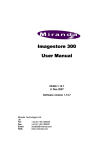
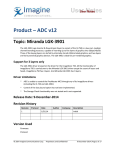
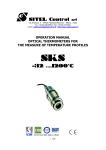
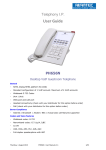
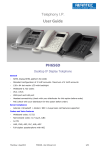
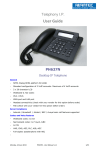

![[U4.65.01] Opérateur MACR_ELEM_DYNA](http://vs1.manualzilla.com/store/data/006353189_1-eeed33753ced8f2116dad24d57e96364-150x150.png)
